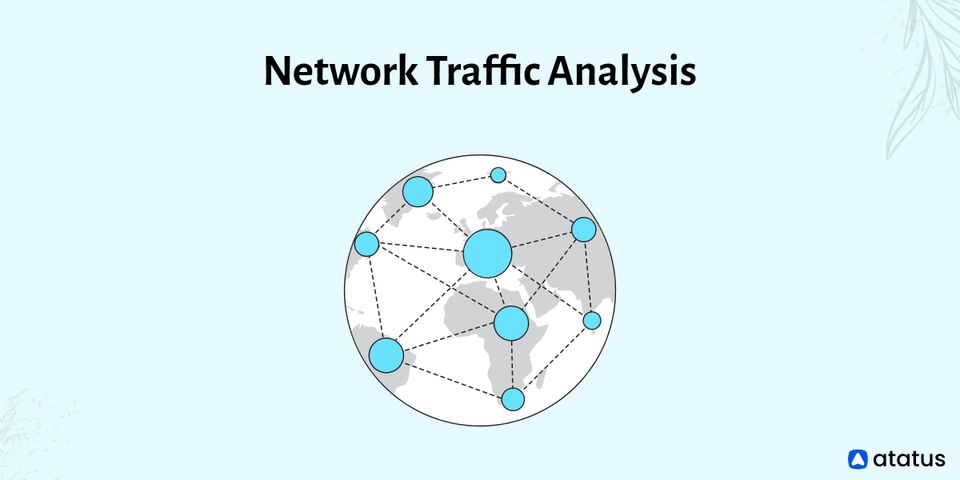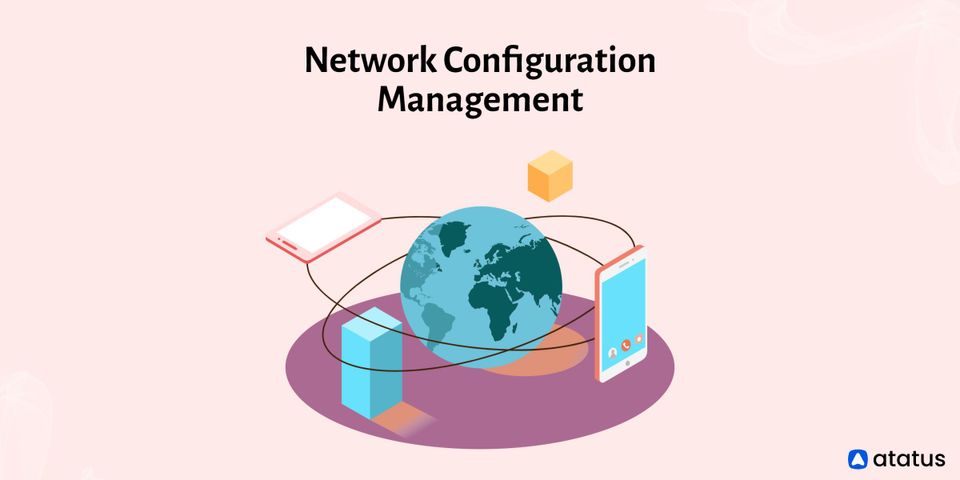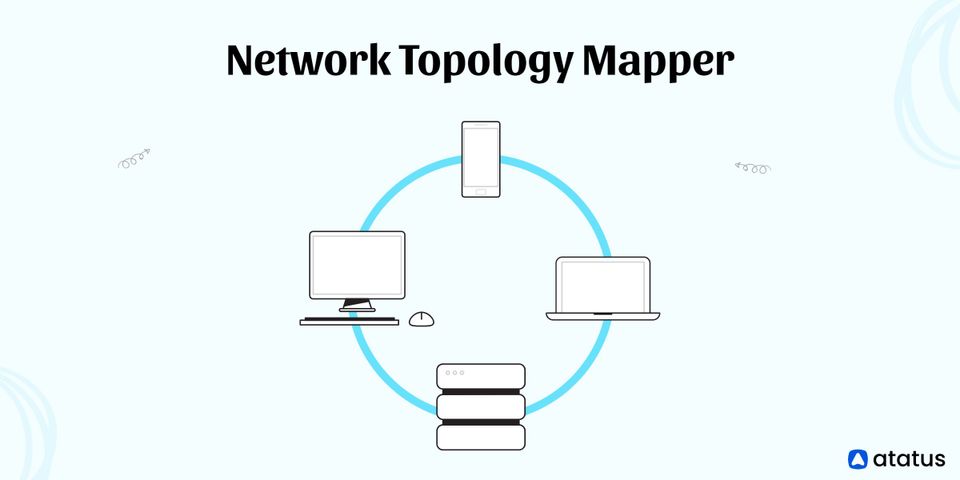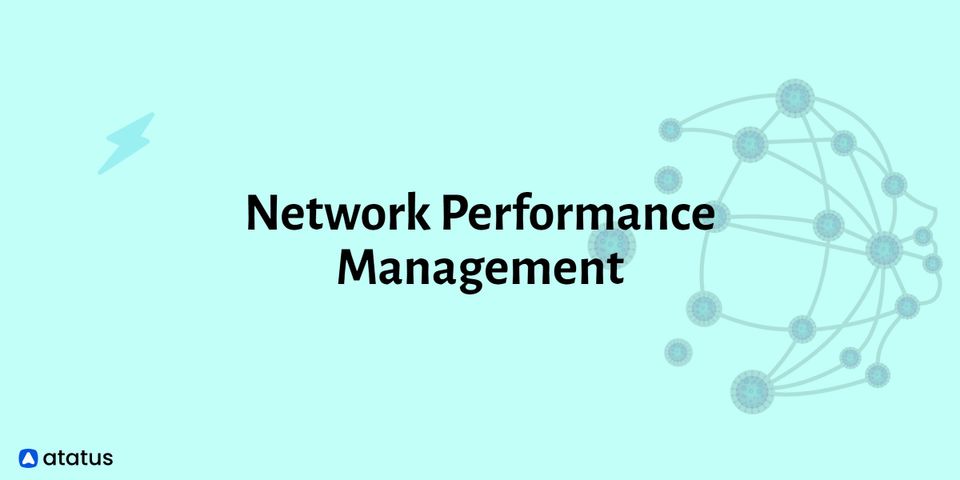Network traffic analysis (NTA) is a sophisticated technique for inspecting and dissecting the data packets that make up network traffic to identify any suspicious behavior. It combines behavior modeling, machine learning, and rule-based detection. Through this study, a baseline of typical behavior can be established, and any outliers can be detected and isolated as potential threats.
We will cover the following:
- What is Network Traffic Analysis?
- Why is Network Traffic Analysis Important?
- Features of Network Traffic Analysis
- Network Traffic Analysis Implementation
- Benefits of Network Traffic Analysis
What is Network Traffic Analysis?
Network traffic analysis is a technique for gathering, storing, and examining network traffic. For real-time updates on what's happening, traffic data is gathered in or close to real-time. This enables you to act quickly in the event of a problem. This information might also be kept for historical analysis.
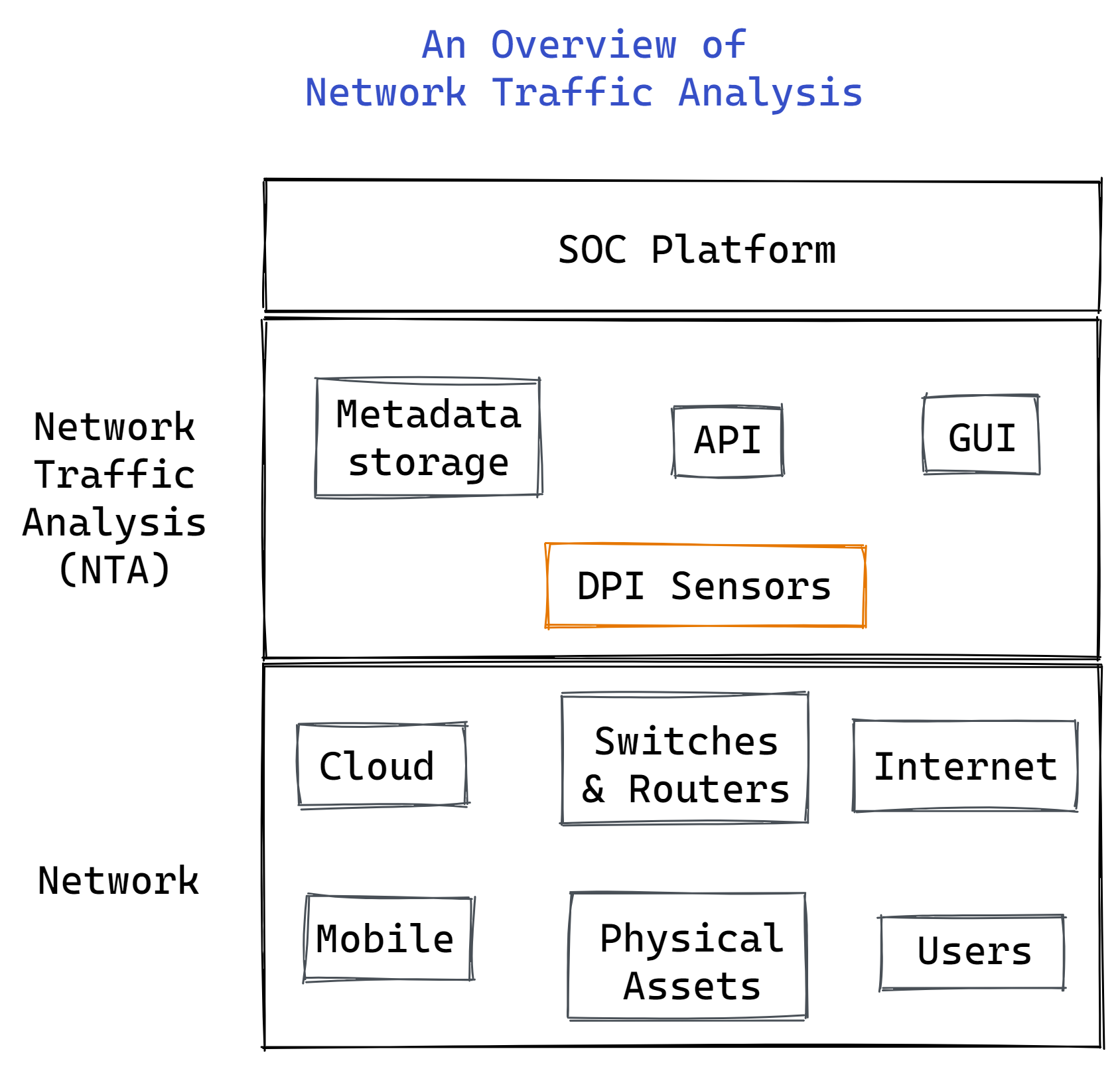
Network traffic analysis makes use of network communications and associated protocols to find, track down, and analyze any operational problems as well as cybersecurity concerns.
To satisfy the needs of digital business and get an advantage in lowering mean time to detect (MTTD) / mean time to respond (MTTR), as you'll see, we recommend achieving this in real-time using analytics and wire-speed network data.
As the volume and speed of data increase, it becomes more important than ever to have constant visibility, detection, and the capacity to respond to network traffic. This is especially true as traditional log analysis and alerting mechanisms controlled by SOC/NOC teams become overwhelmed by the increased volume and speed of data.
Why not make use of new technologies and approaches to not only detect and manage anomalies but also to take action in real time? After all, the network serves as both a source of ground truth and a means of transportation for suspicious or malicious data. Real-time network traffic inspection combined with a zero-trust strategy for analysis and correction in real-time is one method.
Engineers, operators, administrators, and analysts can more easily spot anomalies and unusual traffic patterns that might be an indication of compromise (IOC) or a broken infrastructure component with the help of real-time network traffic analysis.
Accurate situational awareness and analytics equip administrators with the resources they need to make quick, informed decisions about containing and resolving potentially serious issues, whatever the cause of the anomalies or suspicious traffic.
Why is Network Traffic Analysis Important?
Organizations find it challenging to proactively identify serious security concerns because attackers regularly use trusted technologies already implemented in a network environment and rapidly vary their tactics to escape detection.
In response to attackers' constant inventiveness, network traffic monitoring technologies have appeared, giving organizations a practical strategy for fending off inventive attackers.
Additionally, maintaining good network visibility has evolved into a challenging and burdensome task as a result of the growing adoption of cloud computing, DevOps practices, and the Internet of Things.
Because they can determine what is truly on the network, NTA products can act as an organization's single source of truth. Networks observe everything and offer objective facts that other data sources frequently struggle to give.
Features of Network Traffic Analysis
The following is an overview of some of the most important features that an upgraded network traffic analysis tool ought to have to successfully safeguard you and your business:
- A Friendly User Interface
It would be advantageous if the solution had a simplified Graphical User Interface (GUI) for ease of operation and the ability to display and browse information quickly. Network traffic analysis requires vast quantities of complex data to be analyzed. - Built-in Threat Intelligence
Advanced self-learning technology is used in an improved network traffic analysis tool to track and find dangerous files before they can infect or steal data. The tool can handle and examine data more efficiently by using artificial intelligence and machine learning technology. - Integration
The capability of integrating data from various sources to provide thorough network protection. Third-party IT solutions like Security Information and Event Management (SIEM) or Security Operations Center (SOC) benefit as well from integration. Integrations allow for a closed-loop process and can be enabled by Application Programming Interfaces (APIs), pre-built connectors, or open-sourced architectures. - Coverage of Key Metrics
The ability to watch and critically analyze data from a large system of measures, such as bandwidth utilization per application, time-bound trends, and traffic flow, is a requirement for network traffic analysis. - Accessibility
The client is catered to by a thorough network traffic analysis tool, which also provides a streamlined dashboard for better visualizing and tracking data trends and behavioral patterns. - Actionable Insights
Network traffic analysis technologies are crucial for the basic detection of possible threats, but this is not the full scope of their functionality. The response from the selected solution should offer specific instructions for managing the issue and workable solutions for bandwidth optimization, network security, and sophisticated pattern analysis for future data security. - Cloud Comprehension
A crucial component of network traffic analysis is the capability to track cloud traffic. Understanding cloud computing becomes essential for developing a useful network traffic analysis tool since a sizeable amount of networking activity now takes place in the cloud. Your business should be able to manage virtual private cloud infrastructure, cloud monitoring logs, and Application Programming Interfaces (API) to deliver genuine end-to-end visibility.
Network Traffic Analysis Implementation
One size does not fit all when it comes to network traffic analysis solutions. The actions you must take to establish a network traffic analysis system that is ideal for your business are listed below.
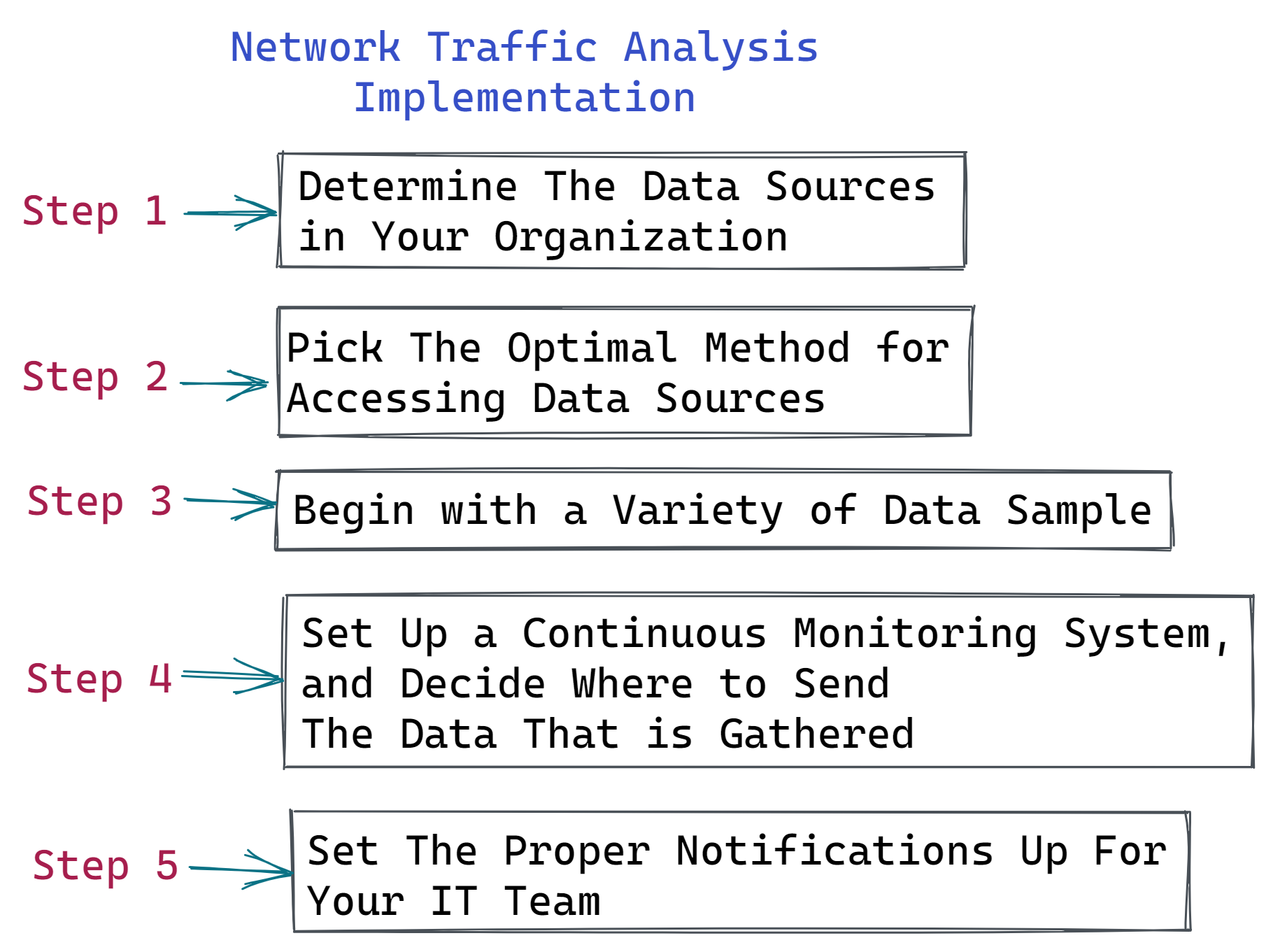
Step 1: Determine the Data Sources in Your Organization
You must ascertain the categories of data sources present within your firm before setting up an analysis tool. Start by identifying and classifying the various data sources, such as software, servers, desktops, switches, routers, and firewalls, that can be used to gather data for traffic analysis. These data sources all offer various metrics that may be gathered and examined.
It is possible to identify data sources manually or automatically. In the case of vast networks, the latter requires meticulously studying documentation such as topological maps, which can be time-consuming.
Decide on an automated strategy that makes use of the application and network discovery techniques including SNMP, flow-based protocols, Windows Management Instrumentation (WMI), and transaction tracing. Finding network and application dependencies and improving network infrastructure visibility are both possible using this method.
Step 2: Pick the Optimal Method for Accessing Data Sources
Once every data source within the company has been identified, it's time to decide how to best access them so you can gather the data you require. Agent-based collection and agentless collection are the two main methods for gathering data about network traffic.
- Agent-based Collection
The agent-based collection is good for gathering detailed data, but it may cause problems with processing and storage. - Agentless Collection
Even while the agentless collection isn't always the best for granular data, it gives you enough of an overview of the system and user data to effectively evaluate network traffic.
Step 3: Begin with a Variety of Data Sample
It's time to authorize data collection from a portion of your corporate data sources after all the data sources have been identified, a collecting technique has been selected, and limits have been taken into consideration.
Select many sources that offer a variety of datasets, especially if your company has a large network. Doing this allows you to spot major problems at a lesser scale before your network-wide network traffic analysis is enlarged.
Step 4: Set Up a Continuous Monitoring System, and Decide Where to Send the Data That is Gathered
You may identify security lapses, locate network problems in certain areas, and gain more beneficial long-term insights from your network traffic analysis solution by continuously analyzing network data. Your IT team will be able to evaluate network traffic quickly and effectively, as well as address a variety of organizational problems when real-time and historical traffic data collecting is enabled.
To gather and evaluate corporate data, network traffic analysis systems typically require dedicated storage space. Installing a monitoring solution on your physical and virtual devices is another option, as is selecting a special hardware configuration or virtual database for this purpose.
Step 5: Set the Proper Notifications Up for Your IT Team
Too many notifications can overwhelm your IT team, while too few can cause serious network issues to go unnoticed. Configure your network traffic analysis system to boost sensitivity if you have a large IT team and have the means to dedicate a small number of people to continuously monitoring alarms and insights.
Setting alerts to just buzz when something goes wrong would be a wiser choice if your IT team is smaller. The ultimate objective is to apply custom thresholds to obtain the ideal mixture of messages without resulting in alert fatigue.
Benefits of Network Traffic Analysis
Network traffic analysis is a tool that businesses use to improve network management and strengthen their security posture. The following list of benefits of network traffic analysis for businesses.
- Increased Interest in Business Data
Criminals now target company computers to demand greater ransoms for the decryption of client-sensitive data due to the growth in ransomware and malware attacks. By offering automatic anomaly detection and avoiding breaches before they occur, network analysis would help reverse this trend. - More Robust Network Performance
Network traffic analysis enables businesses to identify potential spike locations and to adjust and boost productivity to prevent bottlenecks. This lowers IT costs and helps in efficient resource management. - Advanced Public Security Stature
Employing efficient network traffic analysis tools makes a company appear more trustworthy and committed to offering more effective services; this draws in potential customers and discourages would-be hackers from trying to get into your company. - Resource Efficiency
For the majority of company employees, it is impractical to keep constant active monitoring of network traffic. Businesses can consistently do advanced analysis because of this process automation, which also lowers labor and administrative costs. - Rapid Response
Rapid threat detection results in less server damage. The time it takes to identify and address these hazards is significantly reduced by the use of an advanced network traffic analysis tool, ensuring that the least amount of harm is done.
Conclusion
Network availability and activity are tracked and monitored by network traffic analysis, which identifies anomalies, improves performance, and thwarts attack attempts. Consider your enterprise's present network blind spots as well as the databases you'd like to use for data mining when selecting the best network traffic analysis solution.
Network traffic analysis gives you more visibility into the business environment and adds another layer of cybersecurity to your environment. For the greatest impact, combine network traffic analysis with other security measures.
Further Reading:
Atatus API Monitoring and Observability
Atatus provides Powerful API Observability to help you debug and prevent API issues. It monitors the user experience and be notified when abnormalities or issues arise. You can deeply understand who is using your APIs, how they are used, and the payloads they are sending.

Atatus's user-centric API observability monitors the functionality, availability, and performance of your internal, external, and third-party APIs to see how your actual users interact with the API in your application. It also validates rest APIs and keeps track of metrics like latency, response time, and other performance indicators to ensure your application runs smoothly. Customers can easily get metrics on their quota usage, SLAs, and more.

